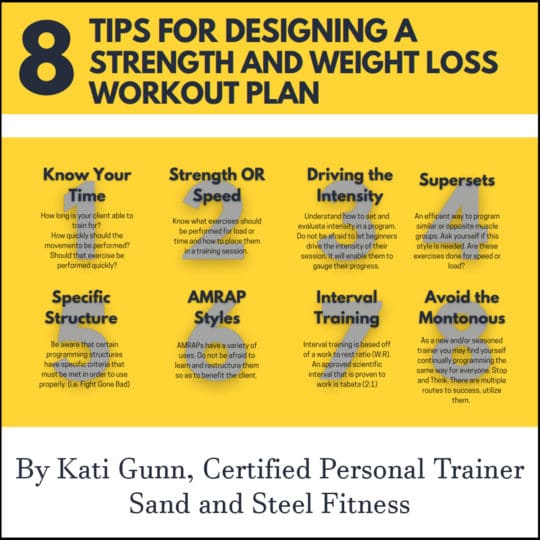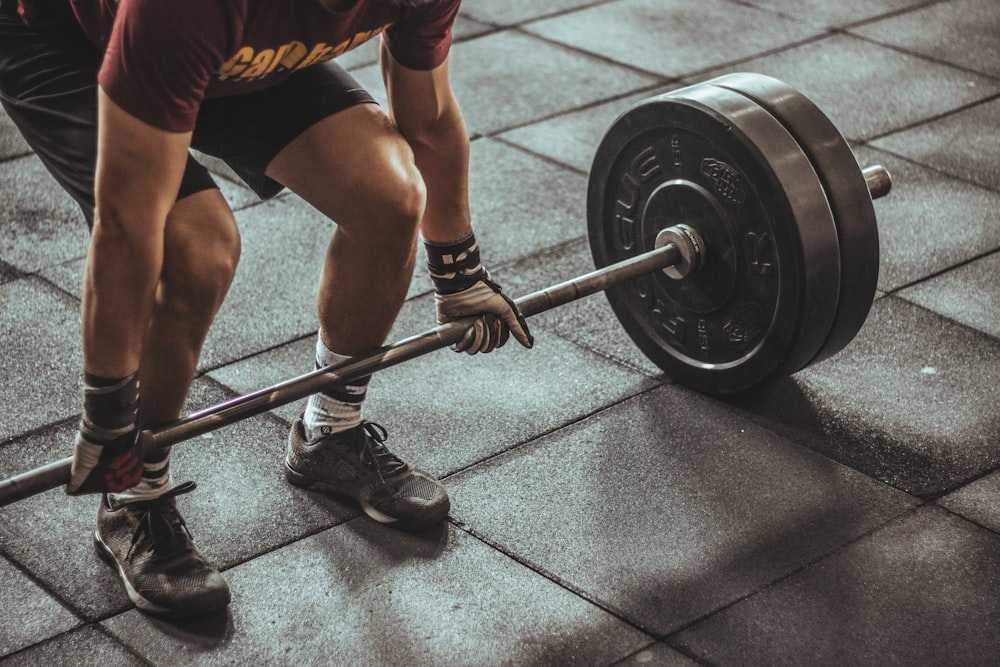“Maximize Gains Three-Day Full Body Split Workout”
Optimizing Workouts with a Three-Day Full Body Split Routine
Efficiency and Effectiveness
In the realm of fitness, finding the perfect balance between efficiency and effectiveness is paramount. Enter the three-day full body split routine, a time-tested approach that offers the best of both worlds. By strategically dividing your workouts across three days, you can target different muscle groups with precision while maximizing your time in the gym. This efficient approach ensures that no muscle goes untouched, leading to comprehensive gains in strength, size, and overall fitness.
Balanced Muscle Development
One of the key advantages of a three-day full body split routine is its ability to promote balanced muscle development. Unlike traditional bodybuilding splits that focus on specific muscle groups each day, a full body split ensures that all major muscle groups are trained multiple times per week. This balanced approach helps prevent muscular imbalances, enhances symmetry, and promotes overall functional strength.
Optimal Training Frequency
With a three-day full body split routine, you’ll typically train three times per week, allowing for optimal training frequency and recovery. This balanced schedule ensures that each muscle group is trained frequently enough to stimulate growth and adaptation, while still allowing for adequate rest and recovery between sessions. By striking the perfect balance between training stimulus and recovery, you can maximize your gains while minimizing the risk of overtraining and injury.
Comprehensive Workout Structure
A well-designed three-day full body split routine typically consists of compound exercises that target multiple muscle groups simultaneously. This comprehensive approach ensures that each workout is efficient and effective, allowing you to achieve maximum results in minimal time. Compound exercises such as squats, deadlifts, bench presses, rows, and overhead presses form the foundation of a full body split routine, providing a potent stimulus for muscle growth and strength development.
Strategic Exercise Selection
In addition to compound movements, a three-day full body split routine may also incorporate isolation exercises to target specific muscle groups and address individual weaknesses. By strategically selecting exercises that address your unique goals and needs, you can customize your routine to suit your preferences and maximize your results. Whether your focus is on building muscle, increasing strength, or improving overall fitness, a full body split routine offers endless possibilities for customization and progression.
Efficient Time Management
One of the primary benefits of a three-day full body split routine is its efficient use of time. With only three workouts per week, you can achieve comprehensive results without spending hours in the gym each day. This makes a full body split routine ideal for busy individuals juggling work, family, and other commitments. By optimizing your workouts and maximizing your time, you can achieve your fitness goals without sacrificing other areas of your life.
Progressive Overload and Adaptation
To continue making progress and avoiding plateaus, it’s essential to incorporate progressive overload into your three-day full body split routine. This involves gradually increasing the intensity, volume, or difficulty of your workouts over time to continually challenge your muscles and stimulate growth. By progressively





:upscale()/2017/01/05/245/n/1922729/4042fe26c22acab6_P17_0001_GetFit_Workout_09_1456.jpg)




